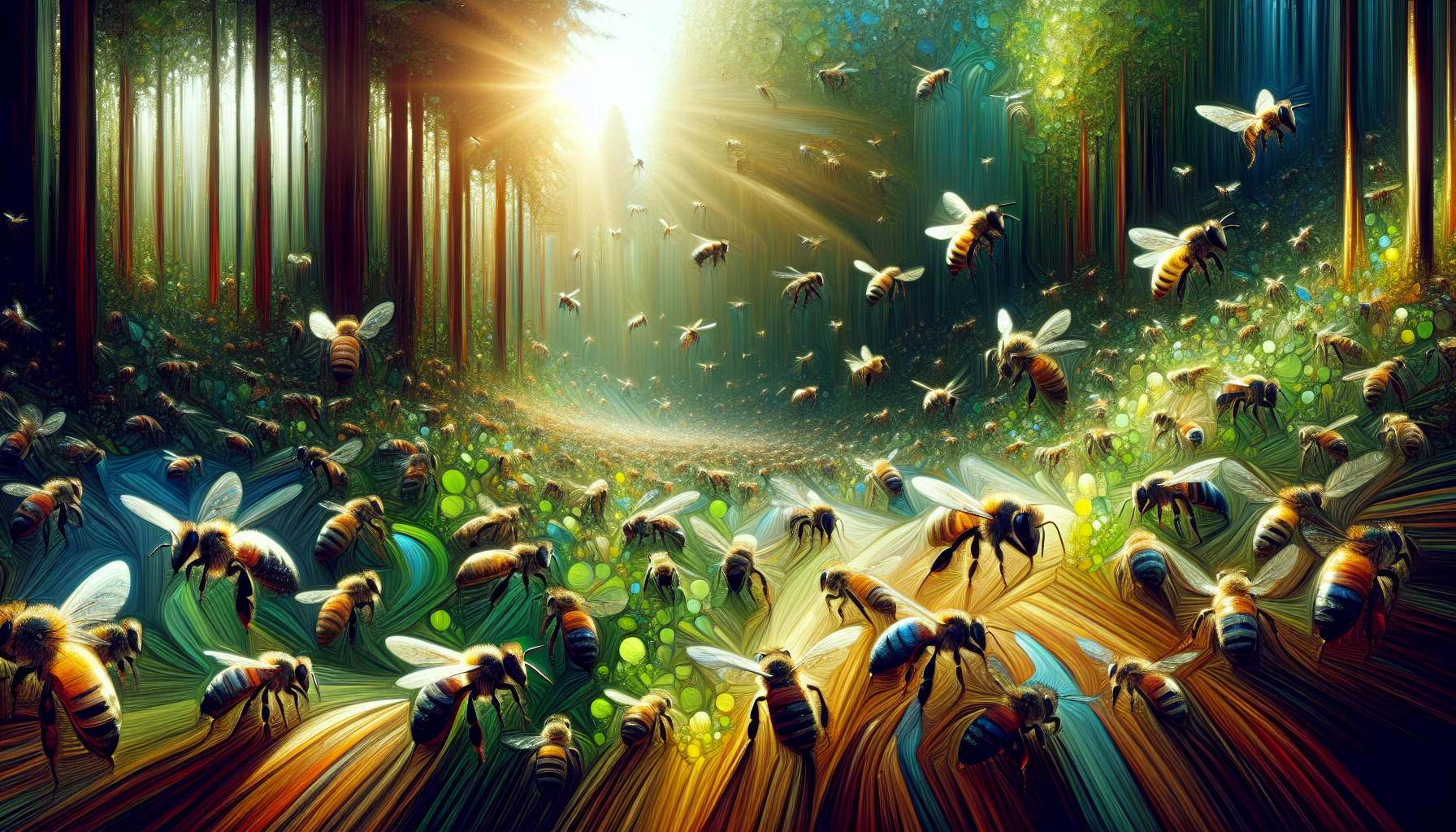Understanding the Dynamics of Swarms: Behavior and Impact
Introduction to Swarm Behavior
Swarm behavior refers to the collective motion and decision-making processes exhibited by a large number of similar organisms, typically insects like bees, ants, and locusts, although it can also apply to other animals such as birds and fish. These behaviors are not just a fascinating natural spectacle but also a subject of intensive scientific study because they offer insights into how complex behaviors can arise from simple rules and interactions at the individual level.
Key Characteristics of Swarm Behavior
One of the defining features of swarms is their apparent coordination without central control. Individuals in a swarm make decisions based on local interactions and information, such as the behavior of their nearest neighbors or local environmental conditions. This decentralized decision-making process often results in highly adaptive and resilient group behavior. Swarm intelligence, therefore, is a powerful concept in understanding how structured yet flexible organization can emerge without hierarchical structures.
Mechanisms of Swarm Behavior
At the heart of swarm behavior are basic mechanisms such as alignment, cohesion, and separation. Alignment helps individuals match velocity with their neighbors, cohesion pulls individuals towards the center of mass, and separation avoids crowding. Together, these simple rules enable the swarm to navigate, forage, and respond to threats effectively, demonstrating how local interactions can lead up to the emergence of group intelligence.
Models and Simulation of Swarming
Researchers use various models and simulations to study swarms. These models, often computational, replicate the conditions and rules followed by individuals in a swarm to predict the collective behavior and explore various scenarios. By adjusting parameters, scientists can see how changes at an individual level can impact the overall group dynamics, helping to unravel the complex interplay between order and chaos in swarms.
Applications of Swarm Studies
The study of swarming behavior has practical applications across several fields. In robotics, swarm algorithms are used to develop cooperative robots for tasks like area mapping and disaster response where single-robot systems would fail. In telecommunications, swarm principles optimize networking protocols and data distribution paths. Furthermore, understanding swarms can lead to better crowd management strategies in public spaces and improve models for traffic flow and even stock market dynamics.
Impact on Ecosystems and Human Activities
Swarms can have dramatic effects on ecosystems and human activities. Locust swarms, for example, can decimate crops and lead to serious agricultural damage and ensuing economic loss. On the other hand, swarms of bees play a crucial role in pollination, supporting agriculture and maintaining biodiversity. Thus, understanding swarm behavior is not only about managing potential threats but also about harnessing potential benefits.
Challenges in Swarm Research
Despite advancements in technology and modeling, studying natural swarms poses significant challenges. The sheer number of individuals and the vast range of environmental interactions influence swarm behavior in unpredictable ways. Moreover, ethical considerations in experimental manipulations often limit the extent of direct research, particularly in sentient animals. Therefore, much of our understanding still depends on observation and simulation rather than controlled experiments.
Conclusion
Understanding the dynamics of swarms offers profound insights into organizational structures, decision-making processes, and survival strategies in nature. This research has significant implications for fields as diverse as robotics, telecommunications, ecology, and even economics. By learning from the natural world, we can enhance our technological tools and strategies across various domains, showcasing yet another example of how nature can inspire innovative solutions to complex problems.







